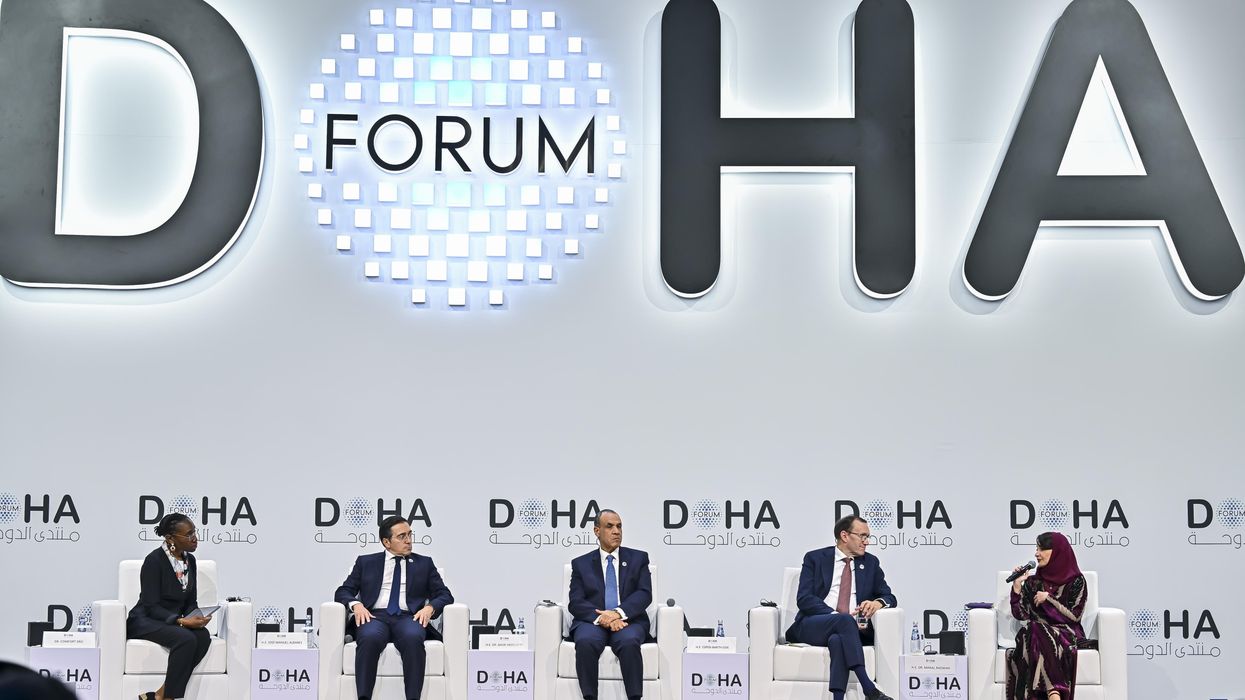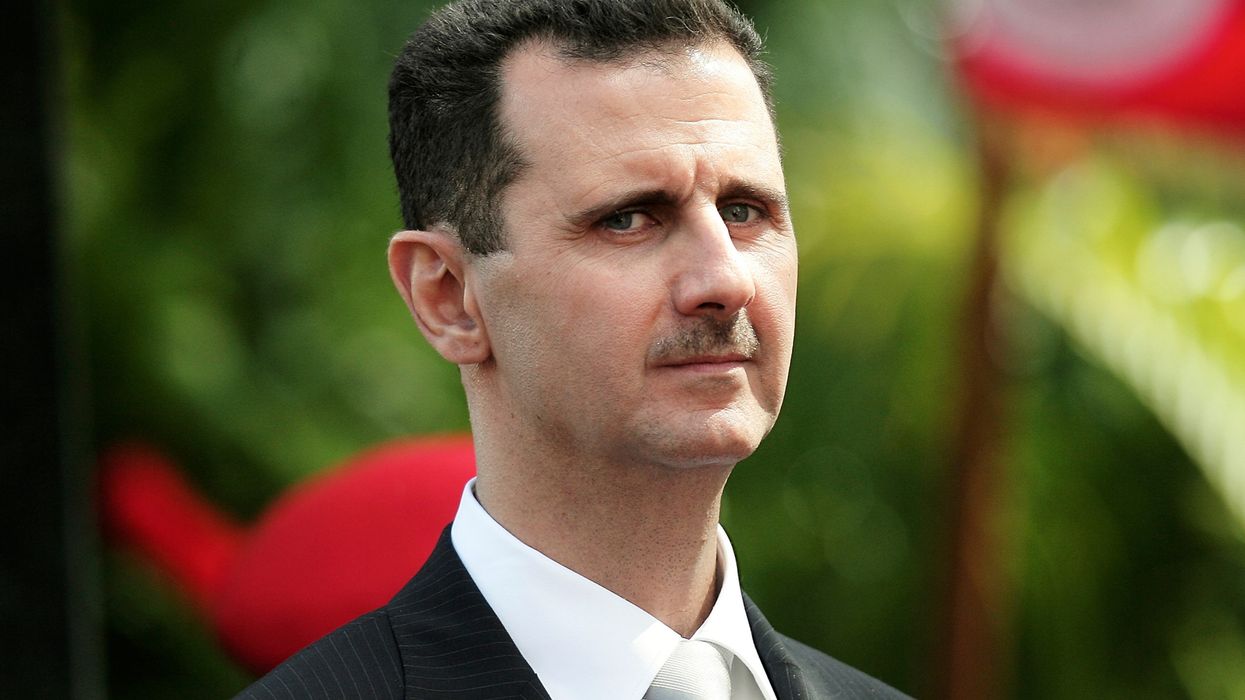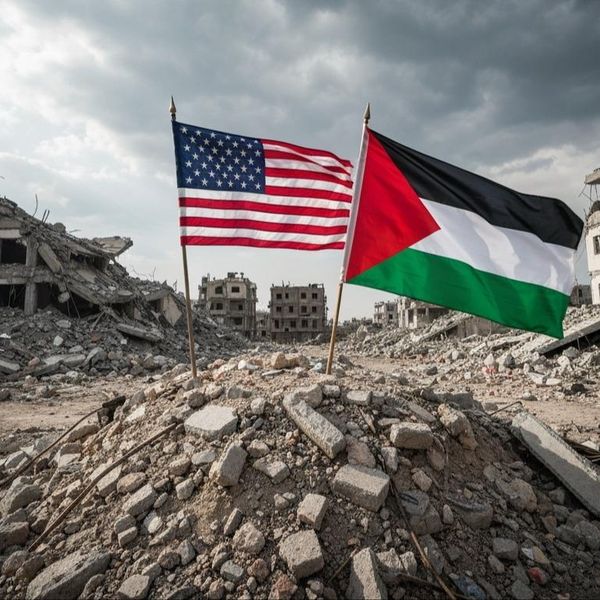After Russia invaded Ukraine, Prime Minister Kishida Fumio of Japan quickly aligned with the G-7 and NATO countries in condemning Russia and imposing tough sanctions.
Japan blocked Russian banks from having access to the SWIFT international payment system, froze the assets of Vladimir Putin and his close allies, imposed controls on high technology exports, and decided to revoke Russia’s “most-favored nation” trade status.
The Kishida government also revived the stern declaration that the islands off Hokkaido disputed between Japan and Russia (called the “northern territories” by Japan) are Japan’s “inherent territories” that have been “unlawfully occupied” by Russia.
Moscow reacted by suspending peace treaty negotiations with Japan. In addition, Russia halted the “no-visa” program of allowing former Japanese residents to visit the “northern territories” and terminated the bilateral economic cooperation initiatives on these disputed islands.
As a result, the incremental diplomatic progress toward a Russo-Japanese peace treaty that had been painstakingly achieved over the last three decades has abruptly disintegrated with negative economic and security consequences for Japan.
Kishida’s tough response against Russia has garnered strong support among the Japanese public because they share the international outrage against Putin’s aggression against Ukraine. The Japanese are deeply concerned about military escalation and horrified by the mounting deaths and widespread human suffering. They openly wonder what can and should be done to bring this tragic conflict to an end.
Perhaps, Japan’s unwavering support of the G-7 and NATO response could give Japan an opportunity to help promote a favorable context for a peacemaking process.
A month after Russia’s invasion of Ukraine, it is clear that Putin cannot achieve an optimal outcome of Russia playing a central role in the European security order — one in which Russia is a respected power commensurate with its strength and wealth, is secured by Ukraine and Georgia as buffer states, and coexists with NATO on a “non-antagonistic” basis like in the 1990’s.
Putin instead seems to face a united Ukraine full of hatred toward Russia that will be hard to overcome for generations to come, a strengthened NATO determined to counter Russia, and a number of non-NATO states that will seek closer relations with NATO if not formal membership in this alliance. He also confronts harsh economic sanctions that will impoverish the Russian economy as long as he remains in power.
Although the prospects for Russia are bleak, we cannot count on Putin’s fall from power soon to end this war. To be sure, Ukrainians are fighting heroically against Russian forces with weapons and other assistance from NATO countries, and the severe economic sanctions are imposing huge costs on Russia. But this does not mean that Putin will end his military campaign and withdraw. A dictator like Putin will not give up until and unless he can achieve his minimally necessary war objectives. He may double-down on the use of force; there is always a danger that he might resort to biological, chemical, or even nuclear weapons.
As more Russian soldiers die and the pain of the economic sanctions is felt throughout Russian society, discontent about the war among elites and the people may grow. Russian soldiers and citizens may become increasingly ambivalent and even resistant to killing Ukrainians because of their shared heritage and Slavic identity. But given Putin’s autocratic control over Russia, this discontent is unlikely to exert enough pressure on Putin to back down on his core war objectives.
Therefore, the Ukraine situation may now be headed toward a protracted war in which Russia cannot conquer all of Ukraine and the Ukrainian forces are unable to oust Russian forces from the Donbas region and perhaps the land corridor to Crimea. The conflict may decline in intensity to one of insurgency warfare, but the human suffering will continue to increase.
Nevertheless, a military stalemate could emerge that provides an opportunity to establish a de facto ceasefire. Recognizing and seizing such an opportunity would help save Ukrainian lives and provide breathing space from the intense combat. Zelensky could argue that the courageous fighting of Ukrainians saved their country and then address the difficult issue of Ukraine’s territorial integrity. And Putin could in turn see a de facto ceasefire as a way to pursue his objectives through diplomacy.
On the one hand, Putin must realize that at some point Ukraine would be willing to fight on even if the majority of its people could be massacred. He should therefore not push Ukrainians beyond that point and see that it would go against his interests to do so. On the other hand, Zelensky and NATO leaders need to determine what Putin’s bare minimum would be to accept a de facto ceasefire. Since Putin is unlikely to reveal this bare minimum directly and honestly, Zelensky and NATO leaders must use whatever means available to detect it. I expect much will hinge on the issue of Ukrainian and Russian territorial integrity, and addressing this difficult matter may require finding some language or formula that finesses this issue without a formal legal resolution.
While the current rupture in Russo-Japanese relations prevents Tokyo from playing a direct mediator role, the steadfast support that the Kishida government has given to Ukraine, the United States, and the G-7 and NATO countries might give Japan an opportunity to facilitate a de facto ceasefire. For example, having earned the trust of its allies and partners, Japan may now have the diplomatic space to act more freely and express its own views about what might be minimally necessary for Putin to accept such a ceasefire.
In offering this advice, Japan could draw upon its historical experience of waging multiple wars against Russia and nearly 80 years of engaging in difficult territorial negotiations with Russia.
It would also include its experience ending the Pacific War, which might be relevant to the current conflict.
The Allied Powers issued the terms of ending the war with the Potsdam Declaration on July 26, 1945; but Japan did not accept the declaration until August 9. During this delay, atomic bombs were dropped on Hiroshima and Nagasaki, and the Soviet Union entered the war against Japan. Even after this tragic loss of so many Japanese lives, Japan’s acceptance of the Potsdam Declaration had the condition that the “prerogatives of the Emperor as a sovereign ruler” shall be preserved. Fortunately, U.S. Secretary of State James Byrnes’ reply, which was received in Japan on August 12, stated that the “ultimate form of the Japanese government shall be established by the freely expressed will of the Japanese people.”
Japan’s final debate regarding the terms of surrender took place on August 14. The peace faction argued that the Byrnes’ response was acceptable because relations between the Japanese people and the Emperor were based on love and respect. The faction that wanted to continue the war, however, insisted that it was not sufficient because the U.S. reply did not explicitly guarantee the Imperial House. In the end, the Emperor decided that the Byrnes reply must be accepted as it was.
If the United States had replied that the Imperial House would not be preserved, Japan in 1945, including all of the pro-peace factions, was ready to fight until the annihilation of the Japanese people. But luckily there were Americans like Ambassador Joseph Grew and the anthropologist Ruth Benedict and others who knew Japan well. The United States at the time had the wisdom to follow the common sense that the best way to face an enemy is to know one’s enemy. Secretary of State Byrnes’ reply contained the finely tuned point about the “freely expressed will of the Japanese people,” and that answer saved Japan from total annihilation.
I genuinely believe that the golden rule of diplomacy is “to put oneself in the shoes of the other.” If Putin, Zelensky, and NATO leaders would follow this rule, it might be possible to identify and seize narrow windows of opportunity to forge a de facto ceasefire. At that moment, diplomacy could assume the drivers’ seat rather than military operations; and the starting point of a political settlement could emerge, however fragile it might be.
















